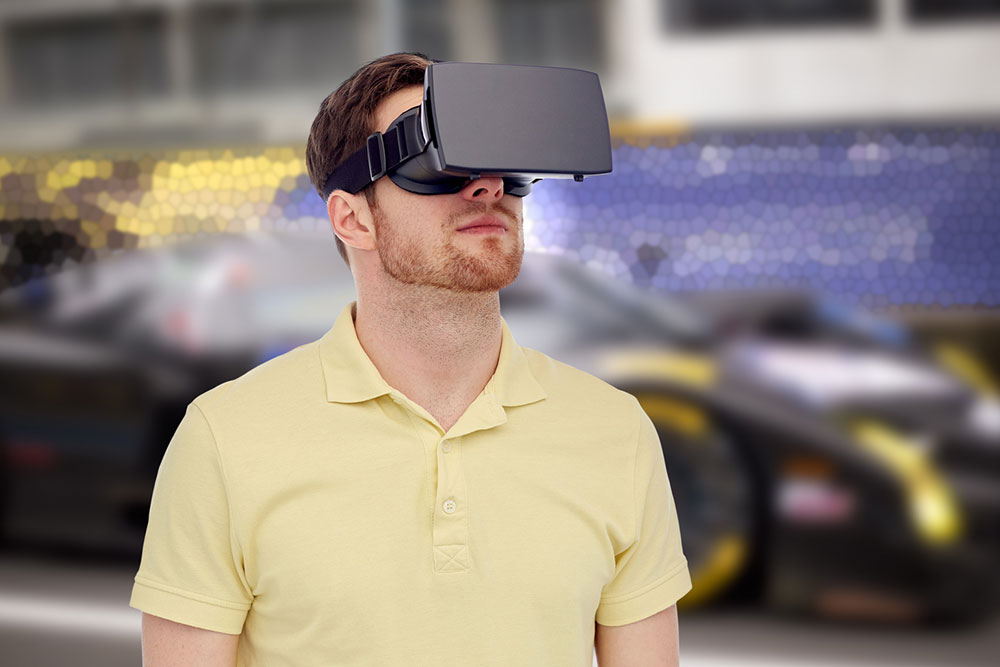Top 5 Things to Know About Apple Vision Pro

Apple, one of the leading companies in technology and innovation, has been keeping its latest project under tight wraps on the Augmented Reality (AR) platform. This has left many to speculate about what this Virtual Reality (VR) device will bring to the table. This article gives customers a sneak peek at the next big thing in VR and why the Apple Vision Pro headset is something they should snag when it’s available for sale.
Here’s what one needs to know about the Apple Vision Pro headset:
1. Release date and price
Apple recently unveiled its Vision Pro headset, showcasing the cutting-edge VR device’s remarkable features and capabilities. The Apple Vision Pro headset will be available in early 2024. While the specific release date has yet to be disclosed, customers can expect to get their hands on this revolutionary gadget soon. But what about the price? The Apple Vision Pro headset is positioned as a premium device, with a price point of $3499. This may seem steep, but given the advanced technology and immersive experiences it promises to deliver, many VR enthusiasts may find it worth the investment.
2. Design
Apple’s Vision Pro boasts an innovative design focused on comfort and usability. It offers a stylish and functional design. Crafted with a single piece of three-dimensional laminated glass that seamlessly flows into an aluminum alloy frame, this headset is a testament to Apple’s commitment to innovation. The design is durable and lightweight, providing a snug fit that blocks unwanted stray light.
The Apple Vision Pro is as comfortable as they come. The headband is made of a soft, breathable material that provides cushioning and offers excellent support. Additionally, the headset features a fit dial, allowing users to adjust it to their head size easily.
3. Technical specifications
The Apple Vision Pro virtual reality headset has innovative features and cutting-edge technology for an immersive VR experience. Here is a summary of the key specifications of the Apple Vision Pro headset:
- Hardware
It comes with a dual-chip design with an M2 chip for graphics and an R1 chip for sensor processing. The R1 chip streams images to displays in just 12 milliseconds for real-time viewing. Moreover, it has LED, infrared cameras, and other sensors for precise tracking and 3D mapping with an ultra-low latency and H2 chip, enabling a lag-free VR experience. Its M2 chip handles complex graphics rendering seamlessly. - Software
It is supported and compatible with VisionOS, Apple’s OS optimized for virtual and augmented reality. - Audio
Its spatial audio replicates sound in 3D space for deeply immersive audio matched to visuals. - Experience
The VisionOS, custom chips, and advanced features provide smooth, realistic, and responsive VR interactions.
4. Features of the Apple Vision Pro Headset
Apple has unveiled its much-anticipated augmented reality and virtual reality headset, the Vision Pro. This advanced device packs some truly futuristic features that offer an immersive digital experience. Here are some of the key highlights of this revolutionary product that users should know about:
- Cutting-edge displays
The headset utilizes a custom micro-OLED display system with a stunning resolution of over 3,000 pixels per inch. This results in crisp, ultra-realistic visuals with excellent color and contrast. - Powerful audio
Spatial audio speakers are positioned next to the ears for an immersive 3D sound experience. Audio-ray tracing adapts the sound to match the surroundings precisely. - Intuitive controls
It leverages advanced eye tracking, hand tracking, and voice control so one can interact naturally. The Digital Crown provides an easy way to control immersion levels. - Robust performance
The Vision Pro is powered by Apple’s custom M2 Ultra and R1 chips for lightning-fast responsiveness. It runs VisionOS, Apple’s new operating system designed for spatial computing.
5. Transformation of the AR/VR landscape
With its innovative AR/VR technology, Apple’s forthcoming Vision Pro headset aims to transform how users interact with digital content. Its superior specifications, including high-definition displays, advanced processors, and accurate tracking cameras, offer unprecedented visual quality in AR and VR applications.
By using eye-tracking and hand gestures for control, the Vision Pro seeks to make spatial computing more intuitive and user-friendly. As the major tech firm to launch a combined AR/VR headset, Apple can expedite the mainstream adoption of this technology.
If successful, the Vision Pro could attract significant developer interest, fostering the expansion of the AR/VR ecosystem and making immersive digital experiences the norm. And if the product garners appreciation, it might be available for discounted prices or paired with Apple accessories at future sales.







